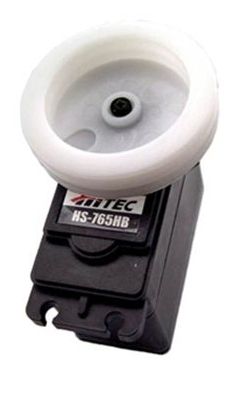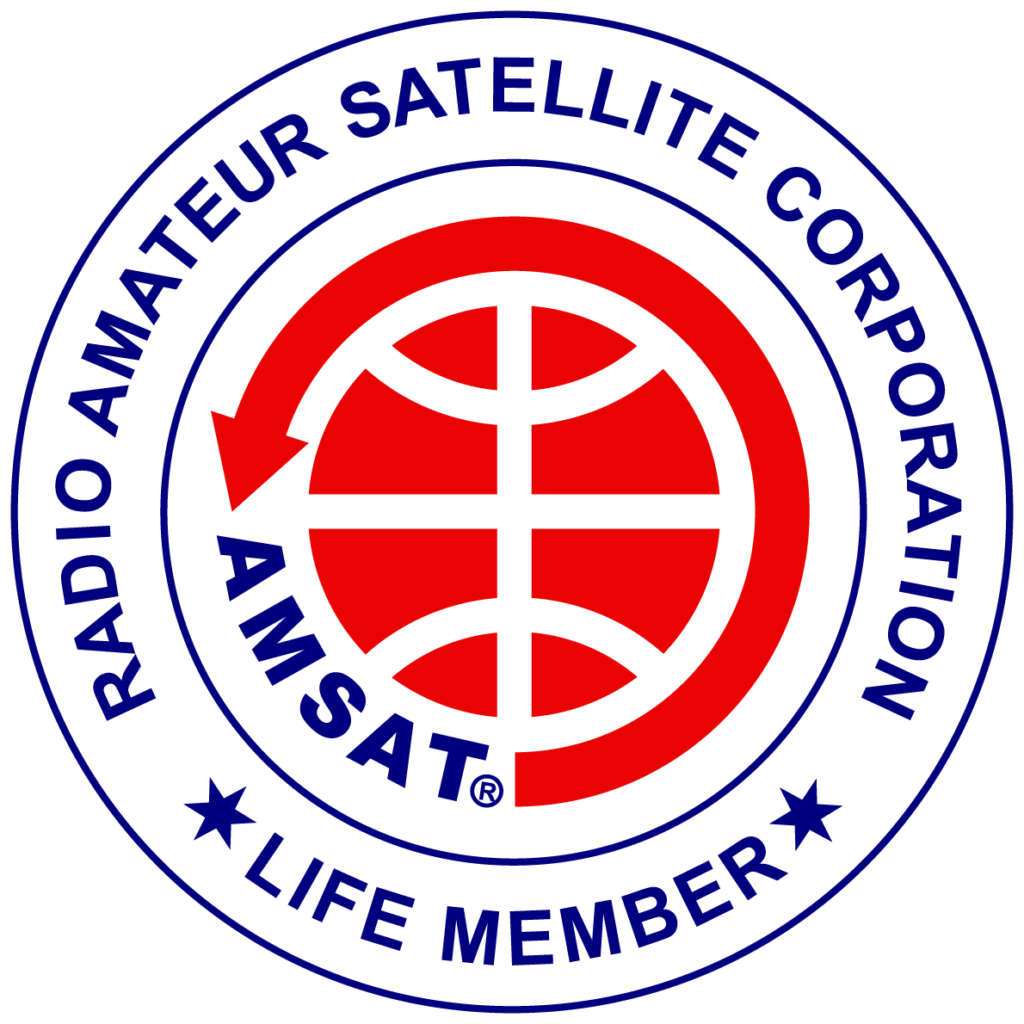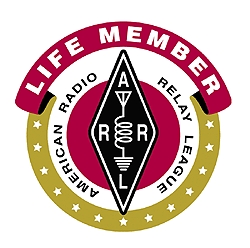One of the goals I set for 2014 was to develop an antenna tracker that would be fully self-contained and not require an interface to a PC to obtain the tracking coordinates.
The major components of the project are:
- Raspberry Pi – responsible for all computations and data storage (satellite ephemeris)
- Human Interface – small LCD that will show useful information (Lat/Lon/TOD, Selected Satellite, Az/El infomation, etc.)
- Mechanical System – the support for the antenna and servos for position control
- Interface Electronics – the jellybean electronics to drive the servo motors, provide power, and support the user interface.
- GPS – A GPS receiver that will be used to obtain the current location (lat/lon/altitude), as well as the current time of day.
- Antenna – Small array suitable for LEO Satellite Operation.
I’ve selected a Raspberry Pi, which has the computational capabilities necessary to calculate the Az/El data in real time, plus has wonderful build-in facilities for time keeping, and obtaining the ephemeris data from the internet (periodically power the device up and either connect to WiFi or the built-in Ethernet interface and automatically obtain the most current TLE data from the web).
The Human Interface will be a small LCD with push-buttons, all obtained (along with the Raspberry Pi) from Adafruit.com.
The antenna itself will be an Arrow Antenna 146/437-10 portable crossed beam which has worked very well for several Field Day operations. See (http://www.arrowantennas.com/arrowii/146-437.html)
All of the above is stuff that I’ve used many times in the past (such as the NTP Station Clock based on the Raspberry Pi. The stumper for me has always been the mechanical items: Servos, actuators, etc. I did some work with an Arduino last winter and discovered how easy it was to control Servos, so that left the mechanical aspect to work out.
When working with the Arduino, I uncovered servo-nervana when I stumbled upon ServoCity (http://www.servocity.com). They offer a very cool servo from Hitec (HS-785HB), which is pretty unique in that it can do about 400 degrees of rotation (most servos are limited to 180 degrees of motion). A pair of these servos, one for the Az and one for the El axis, provide the motion control.
But there is still the issue of all the mechanical stuff — the arms, fittings, bearings, etc. So I’ve decided to make use of another ServoCity device: The PT785-S Pan and Tilt System (http://www.servocity.com/html/pt785-s_pan___tilt_system.html#.U-5jC_ldV8F). This is a complete assembly — I will mount it to a tripod, and then mount the Arrow Antenna onto the pan/tilt arm:
I’m in the process of obtaining the parts now, and when the fall/winter comes, I’ll tackle the software. Should be fun!











Pingback: Satellite Tracker – Finally Underway | WB4SON
Did you ever complete this project and or what is your current tracking solution ?
Hi Rob,
I never did — bought a bunch of hardware and got the basic interface running so I could dial in Az/El values. But I never did tie in the tracking. About the time this was going on, I purchased an Az/El rotor from PortableRotation.com, which I love. Unfortunately they no longer sell that, which is a real shame. Hopefully mine will keep working form years to come!
73, Bob, WB4SON